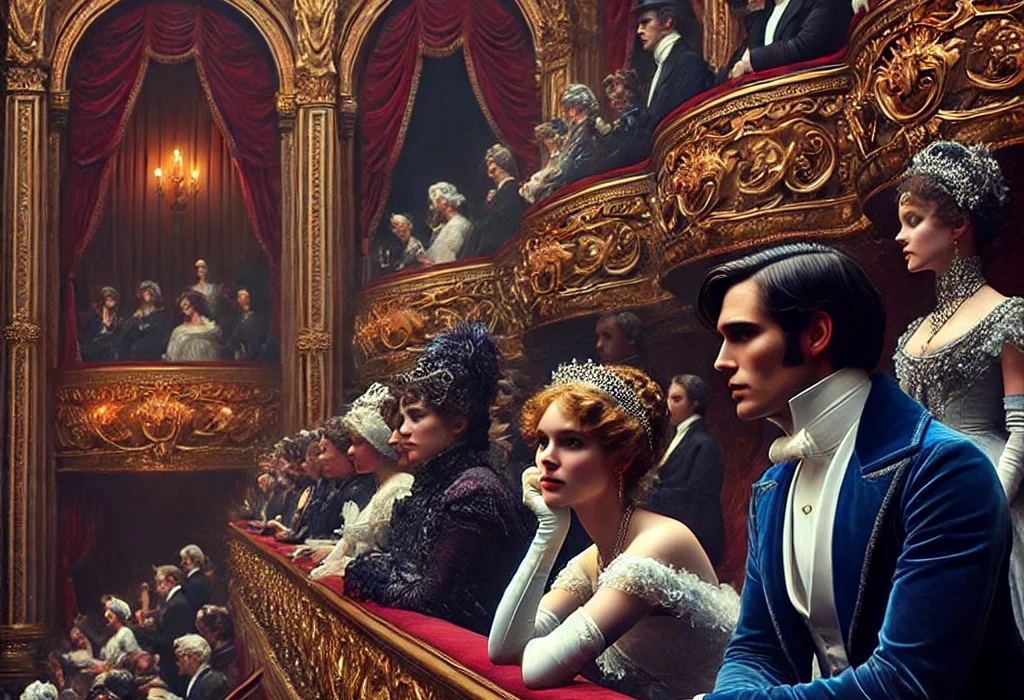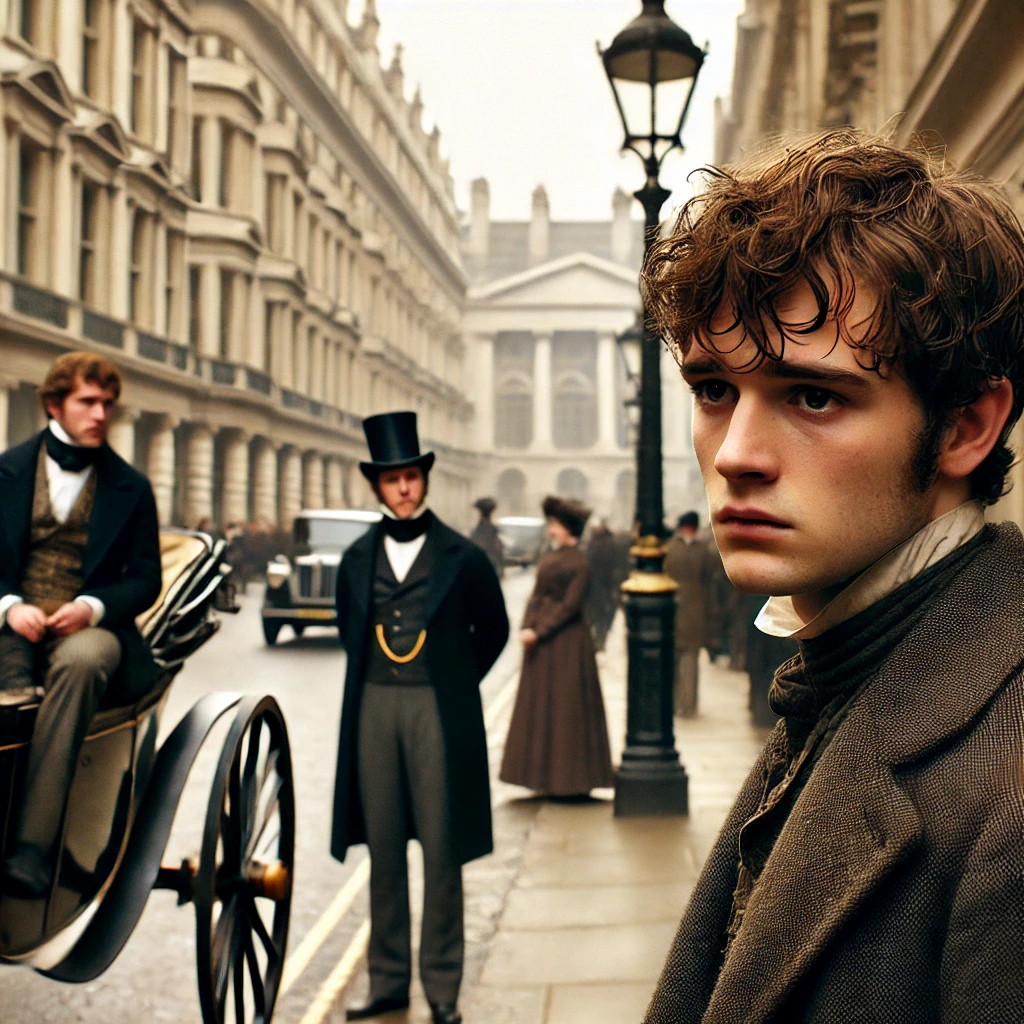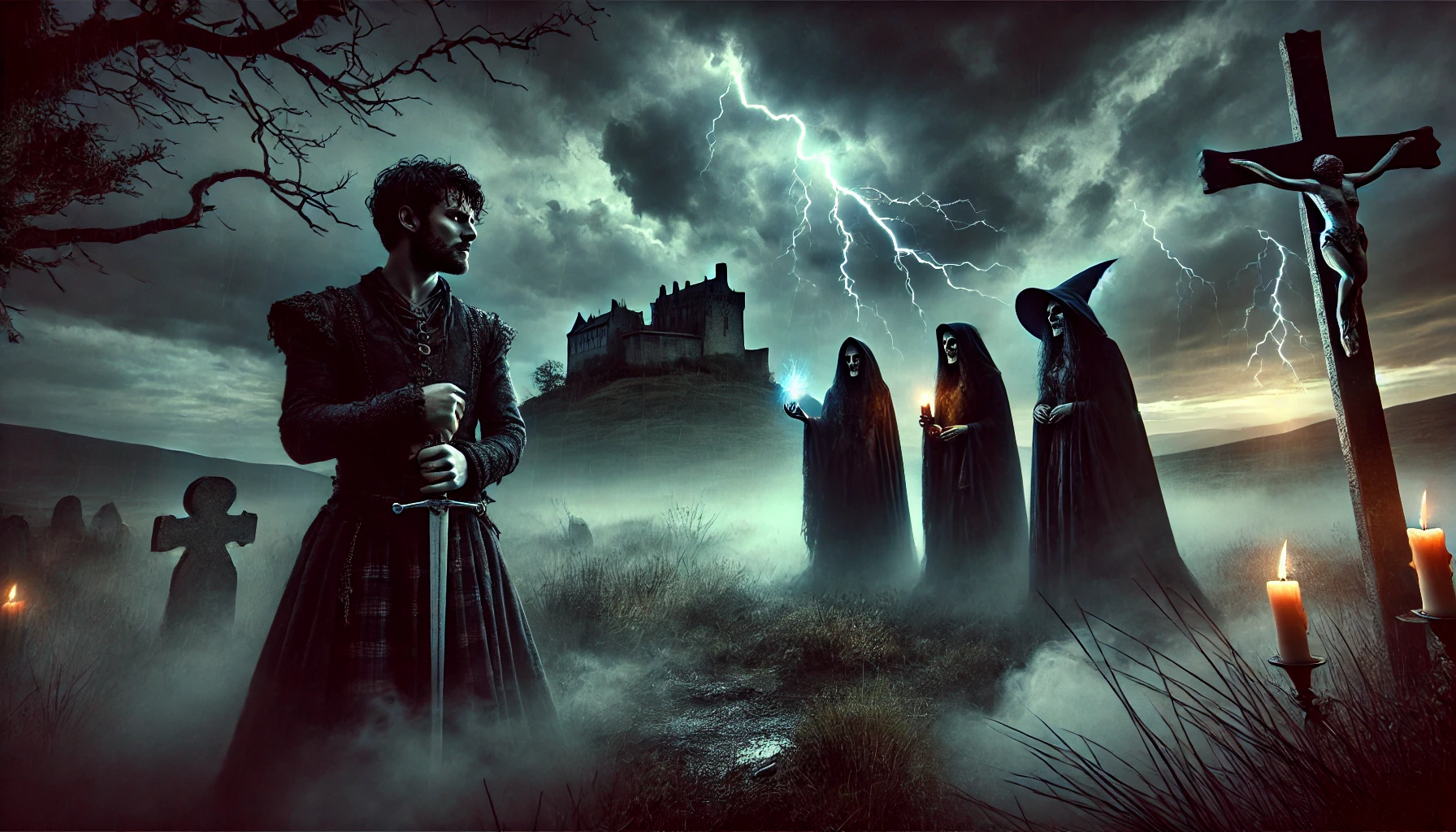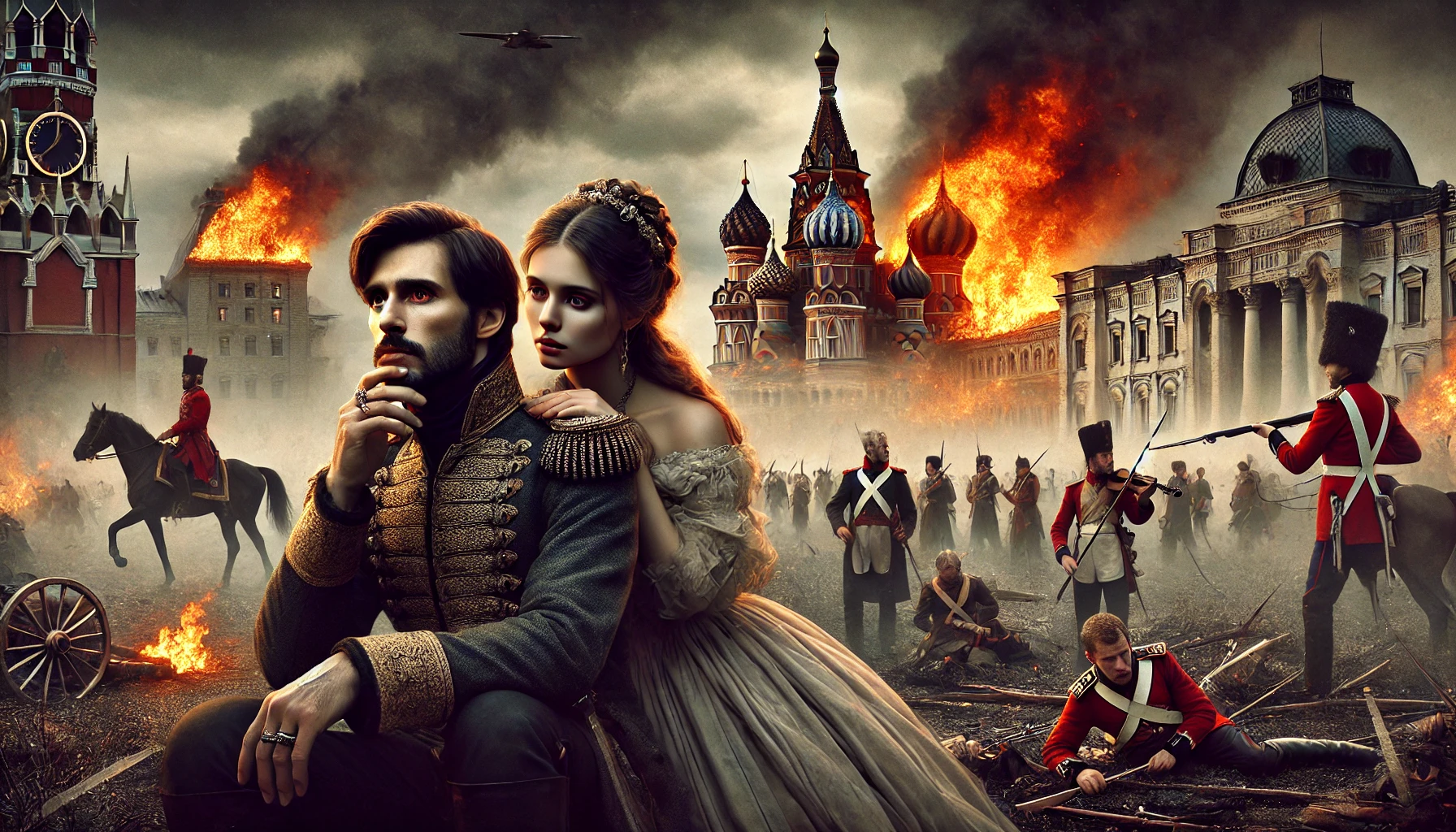The Age of Innocence, written by Edith Wharton and published in 1920, is a critically acclaimed novel that explores the intricate social dynamics and moral codes of New York’s high society in the late 19th century. Set during the 1870s, the novel reflects on the struggles between individual desire and societal expectations, offering a richly detailed portrayal of old New York aristocracy. The novel won the Pulitzer Prize for Fiction in 1921, making Wharton the first woman to receive this honor.
Plot Summary
On a cold January evening in the 1870s, New York society gathers at the Academy of Music to watch the opera Faust. Among the well-dressed elite is Newland Archer, a young lawyer from a prominent family, who arrives at the club box just as the opera begins. His gaze drifts across the audience, settling on the graceful figure of May Welland, his fiancée, seated in her family’s box. May represents everything Archer admires about his world: purity, tradition, and the calm assurance of her place in society. Their engagement, soon to be announced, promises a future of stability and shared values. Yet as he watches her, he feels the dull weight of conformity in his chest, a sensation he dismisses for the moment.
His attention is diverted by the arrival of another woman—May’s cousin, the scandalous Countess Ellen Olenska. Recently returned to New York after fleeing her troubled marriage to a European count, Ellen immediately stirs the waters of polite society. Whispers circulate about her past, her separation from her husband, and the rumors of an affair with his secretary. Ellen’s presence in Mrs. Mingott’s opera box shocks many, but the boldness of it fascinates Archer.
The engagement between Archer and May is soon formally announced, a union celebrated by both families. Archer dutifully steps into the role of a proper fiancé, but his thoughts increasingly wander to Ellen. Unlike the other women in his life, Ellen is unconventional, vibrant, and seemingly untouched by the rigid expectations that bind their social circle. A chance visit to Ellen’s house, where Archer is tasked with urging her to drop her divorce proceedings for the sake of family respectability, changes everything. What begins as a simple favor becomes the catalyst for Archer’s inner turmoil. Ellen’s candidness, her wistful yearning for freedom, and her vulnerability draw him to her, awakening a passion he never imagined.
As Archer is swept into an emotional struggle between duty and desire, Ellen herself remains torn. She has returned to New York seeking refuge from a marriage steeped in emotional abuse and betrayal, yet she is no stranger to the expectations of the society she grew up in. Her very existence challenges the codes that Archer and the world around them hold dear. Despite his growing love for Ellen, Archer’s path seems set; he is to marry May, and he tells himself that the rightness of this decision is unquestionable.
Meanwhile, Ellen becomes increasingly entangled in the social dynamics of her family. While her grandmother, the formidable Mrs. Manson Mingott, champions her return, others view her as a threat to the family’s reputation. Ellen, despite her resolve to break free, finds herself trapped by the very loyalties she hoped to escape. Her interactions with Archer intensify the tension. They share fleeting, intimate moments filled with unspoken words and hidden desires, moments Archer begins to live for, even as his wedding to May approaches.
Archer’s impending marriage hangs over him like a storm cloud. The closer the wedding day looms, the more acutely he feels the loss of the freedom he yearns for with Ellen. The days leading up to the ceremony are filled with tradition, rehearsals, and gatherings where Archer plays his part, yet his mind remains elsewhere. His secret encounters with Ellen fill him with guilt, but the pull toward her is stronger than anything he has known. He dreams of running away with her, of leaving behind the suffocating expectations of their world.
However, Ellen, despite her love for Archer, refuses to act on their mutual feelings. She understands too well the consequences of breaking free from the moral codes that bind their society, and her own sense of honor forbids her from destroying the lives of those she loves—especially May. Ellen’s departure from New York becomes inevitable as she chooses to return to Europe, leaving behind the man she loves and the chaos she could bring to her family.
The day of Archer and May’s wedding arrives, and it unfolds with the elegance and pomp expected of a union between two prominent families. Archer walks down the aisle feeling the full weight of his decision, realizing that he is sealing his fate within the gilded cage of New York society. Yet May, in her perfect innocence, offers him no cause to regret his choice. She is everything he believed he wanted—graceful, kind, and devoted. Their honeymoon takes them to Europe, a place Archer once dreamed of exploring with Ellen. As he walks through the streets of Florence and Paris, he imagines the life that could have been, if only he had chosen differently.
Years pass, and Archer’s life follows the path set for him. He becomes a respected lawyer, a dutiful husband, and later, a father. May remains by his side, embodying the ideals of their society. Ellen Olenska remains a distant memory, a shadow that lingers in his heart but never disturbs the careful structure of his life. The years slip by, and Archer grows older, accepting the comforts of stability, if not the true passions he once yearned for.
In his later years, after May’s death, Archer finds himself in Paris with his grown son, who urges him to visit the Countess Olenska, now living quietly in the city. The idea fills him with a bittersweet nostalgia for the past, for the life he might have had. Yet when the moment comes, he cannot bring himself to see her. Instead, he walks away, satisfied in the knowledge that the life he lived, though shaped by duty and conformity, was one he had chosen. He returns to the streets of Paris, alone but at peace, the memory of Ellen forever a poignant reminder of the road not taken.
Main Characters
Newland Archer – The protagonist of the novel, Newland Archer, is a well-bred and intelligent young lawyer engaged to May Welland. He appears to be committed to the traditions of his class but becomes conflicted as he falls in love with Ellen Olenska, which forces him to question the constraints of his rigid society.
May Welland – Newland’s fiancée and later wife, May, represents the ideal of innocence and conformity. She is dutiful, traditional, and seemingly unaware of her husband’s emotional turmoil, although there are subtle hints of her quiet awareness.
Countess Ellen Olenska – May’s cousin, Ellen, returns to New York after a scandalous separation from her European husband. Her independent spirit and disregard for societal norms deeply attract Newland, but she is also bound by her own struggles within the constraints of her class and background.
Mrs. Manson Mingott – The matriarch of the Mingott family, Ellen and May’s grandmother, who wields significant influence within New York society despite her unconventional behavior and physical immobility.
Lawrence Lefferts – A prominent figure in New York’s upper class, Lefferts is known for his authority on social “form” and outward propriety, though his personal life does not always reflect the ideals he espouses.
Julius Beaufort – A wealthy but morally dubious banker, Beaufort’s social position is precarious due to his mysterious origins and rumored dishonesty. He is associated with Ellen Olenska, further complicating her position in society.
Theme
Societal Expectations vs. Individual Desires – The central theme of the novel is the tension between personal desires and societal obligations. Newland’s internal conflict, torn between his love for Ellen and his duty to May, exemplifies the struggle between individual happiness and adherence to the strict codes of behavior expected by New York’s high society.
Innocence and Experience – The novel contrasts innocence, embodied by characters like May, with the worldly experience of Ellen. Wharton questions whether innocence is a virtue or merely ignorance, as Newland realizes the price of conformity and the emotional depth missing from his marriage.
Conformity and Rebellion – The characters’ varying degrees of conformity and rebellion against societal norms highlight the oppressive nature of the social environment. Ellen’s return to New York and her refusal to follow societal rules stand in contrast to Newland’s initial compliance, though his internal rebellion grows as the novel progresses.
Appearances and Reality – Much of the novel revolves around maintaining appearances. Characters like Lawrence Lefferts and Julius Beaufort outwardly embody the refined ideals of New York society, yet their private lives reveal hypocrisy and moral compromises, exposing the fragility of the social façade.
Writing Style and Tone
Wharton’s writing style in The Age of Innocence is characterized by its elegance, subtlety, and rich description of both character and setting. Her language is precise and evocative, painting a vivid picture of New York society’s rituals, customs, and unspoken rules. She often employs irony, particularly when describing the social mores that confine the characters. The narrative voice is omniscient, offering keen insights into the thoughts and emotions of Newland Archer, while also maintaining a certain distance, which allows Wharton to critique the societal constraints with an objective lens.
The tone of the novel is one of quiet melancholy and resignation, especially as it becomes clear that true happiness and fulfillment are sacrificed to maintain social order. There is a sense of nostalgia throughout the novel, a longing for a past that perhaps never truly existed, tempered by the recognition of the inevitable passage of time and the limitations imposed by societal expectations. Wharton masterfully balances sympathy for her characters with a critical eye on the society that traps them.
We hope this summary has sparked your interest and would appreciate you following Celsius 233 on social media:
There’s a treasure trove of other fascinating book summaries waiting for you. Check out our collection of stories that inspire, thrill, and provoke thought, just like this one by checking out the Book Shelf or the Library
Remember, while our summaries capture the essence, they can never replace the full experience of reading the book. If this summary intrigued you, consider diving into the complete story – buy the book and immerse yourself in the author’s original work.
If you want to request a book summary, click here.
When Saurabh is not working/watching football/reading books/traveling, you can reach him via Twitter/X, LinkedIn, or Threads
Restart reading!








